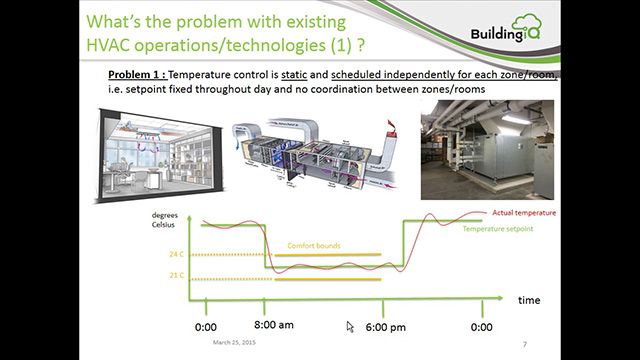Transforming the Grid: How Siemens Energy Manages the Energy Trilemma
Jens Dietrich, Siemens Energy Grid Solutions
Join Jens Dietrich, head of transmission software platform development at Siemens Energy Grid Solutions, as he discusses the acceleration of the energy transition to renewable power. With governments striving to meet carbon dioxide targets, Siemens is expanding its capabilities to handle a growing number of power projects annually. Discover how Siemens is leveraging state-of-the-art software development techniques and Model-Based Design to tackle the energy trilemma: balancing energy security, affordability, and sustainability. Learn about their innovative approach to digitalizing the power grid, achieving hardware independence, and enhancing automation through collaborative engineering and data integration. Explore the future of energy transmission with Siemens Energy’s tailored solutions for both onshore and offshore wind power.
Published: 12 Sep 2024





